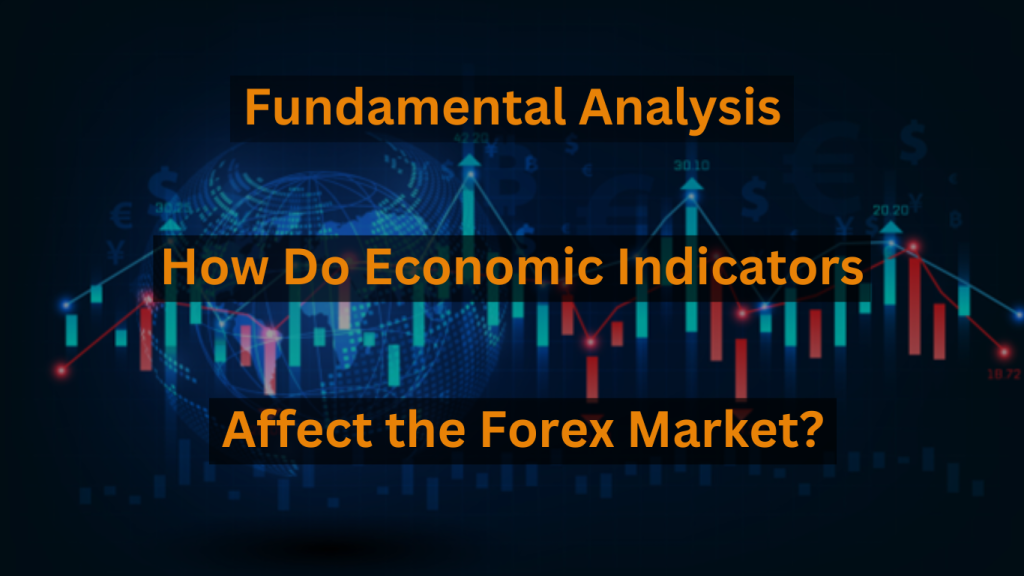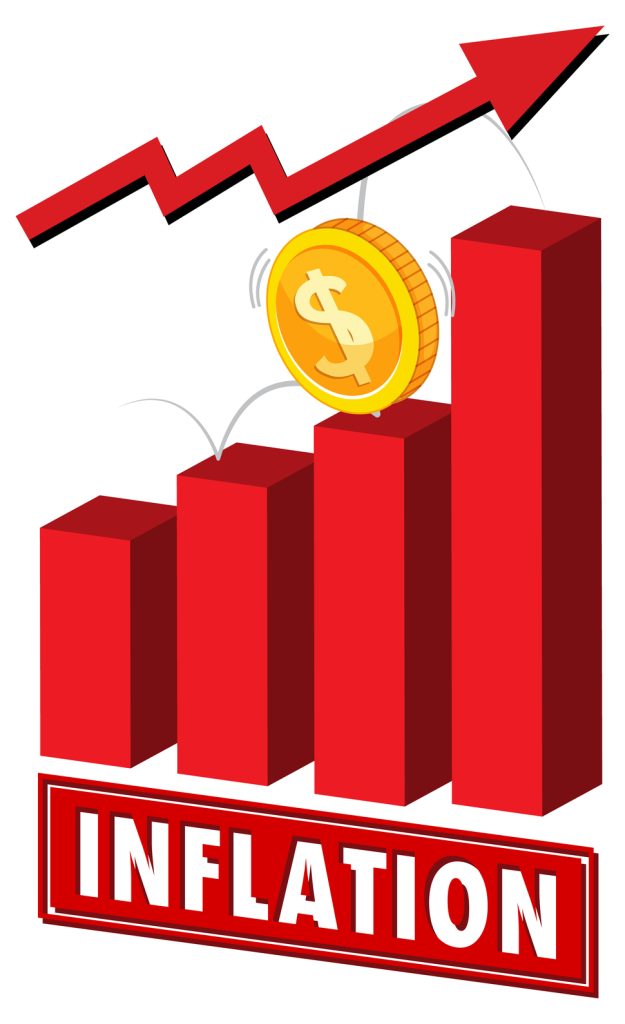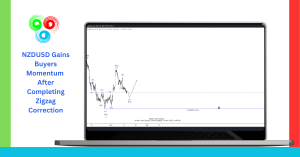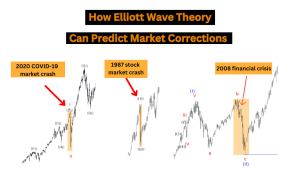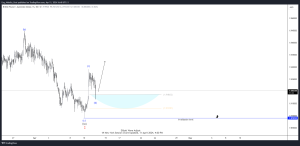Fundamental Analysis: Foreign trade (FX) brokers depend on two essential types of analysis utilized in economic trade: fundamental analysis and specialized investigation. The purposes of specialized analysis in economic forms are practically similar. Costs should mirror all news, and diagrams are dependent upon investigation.
Fundamental Analysis: How Do Economic Indicators Affect the Forex Market?
The crucial investigation includes taking a gander at the inherent worth of a venture, so applying it to economic standards requires checking out the economic circumstances that affect the valuation of a nation’s cash. Here we investigate a portion of the key major factors that impact currency changes.
Economic indicators:
Economic indicators are reports distributed by states or confidential associations that detail the economic performance of a country. These reports straightforwardly measure different parts of a country’s economic health. However, remember that many variables and strategies impact a country’s economic presentation.
Economic reports are delivered at planned times and provide the market with a sign of whether a country’s economy has improved or disintegrated. The effect of economic deliveries is like the effect that income reports, SEC filings, and different deliveries have on protections. In an unfamiliar trade market, as in economic trade, deviations from the standard can cause huge vacillations in cost and volume.
In economic reports, for example, the number of jobless people is notable, so some of you can know all about them. Inclusion isn’t accessible in different regions, like your home state. However, every marker has a particular reason and can be valuable.
GDP (gross domestic product):
Gross domestic product is viewed as the broadest proportion of a nation’s economy and addresses the all-out market worth of all labor and products created in a country each year. Since the gross domestic product figure itself is much of the time considered a trailing result, most dealers center around two reports delivered in the months paving the way to the last gross domestic product figure: the development report and the fundamental report. Important updates between these reports can bring about huge changes. Gross domestic product is like the net revenue of public corporations in that they are the two proportions of inside development.
Employment Indicators
Employment indicators, such as the unemployment rate and non-farm payrolls, are critical gauges of labor market conditions and economic vitality.
Unemployment Rate
The unemployment rate measures the percentage of the labor force that is unemployed and actively looking for employment. A low unemployment rate indicates a decent hard work market that can result in salary growth, increased consumer spending, and, in the long run, economic expansion.
Conversely, an excessive unemployment rate indicates economic weakness, as groups may be scaling back hiring or laying off employees, leading to decreased client spending and slower economic growth.
Non-farm Payrolls
Non-farm payrolls constitute the entire variety of paid people within the economic system, aside from agricultural, government, and nonprofit employees. This indicator is launched monthly by authorities and companies and is considered a leading indicator of monetary fitness.
A better-than-expected growth in non-farm payrolls typically signals a strong exertion marketplace and capacity economic increase that can bolster the United States’ foreign money. Conversely, a decrease-than-expected growth or decline in non-farm payrolls might also indicate a weak monetary point and could weigh at the currency’s fee.
Retail deals:
The retail marketing chart estimates the complete sales of all retail locations in every country. This action comes from a different example of retail locations the nation over. This report is especially valuable as a convenient sign of expansive shopper spending designs adapted to occasional changes. This can be utilized to anticipate the exhibition of more important trailing results and survey the quick course of the economy. Corrections to the most recent retail deals report can bring about tremendous changes. A retail deal report can measure up to the business activities of a public corporation.
Modern creation:
This report shows changes in the creation of plants, mines, and public offices in the country. We likewise report on the “limit use rate,” which shows how much limit every manufacturing plant is utilizing. It is great for a country to increase creation while keeping up with the most extreme or close to the most extreme limit on use.
Dealers utilizing this indicator are commonly intrigued by utility creation, which can be extremely unpredictable as the utility and energy markets are enormously impacted by environmental changes. Unforeseen climate occasions can prompt critical updates between reports, which can cause vacillations in a nation’s currency.
Inflation Indicators
Inflation indicators, such as the Consumer Price Index (CPI) and Producer Price Index (PPI), measure changes in the prices of goods and services over time and reflect the purchasing power of a currency.
Consumer Price Index (CPI)
The Consumer Price Index measures the average change in prices paid by consumers for a basket of goods and services. Rising CPI suggests inflationary pressures, which can erode purchasing power and lead to higher interest rates to curb inflation.
Forex traders closely monitor CPI data as it influences central bank decisions on monetary policy, which, in turn, can affect currency values.
Producer Price Index (PPI)
The Producer Price Index measures the common exchange in charges obtained via manufacturers for his or her goods and offerings. Changes in PPI can signify inflationary pressures upstream within the production procedure, which can also eventually be passed on to purchasers.
Traders analyze PPI information alongside CPI to gain comprehensive information on inflationary developments and their effect on currency values.
Analyzing Central Bank Policies and Interest Rates
Central banks play a pivotal role in influencing forex markets through their monetary policies and interest rate decisions.
Central Bank Roles in Influencing Forex Markets
Central banks are accountable for regulating the cash supply and hobby costs within their respective economies. They rent various monetary coverage tools, which include open market operations, reserve requirements, and reductions, to obtain precise financial objectives, such as rate stability, complete employment, and sustainable financial growth. In the foreign exchange market, relevant financial institution regulations could have a full-size effect on foreign money values. For example, while a critical bank increases hobby quotes to fight inflation, it attracts foreign investment searching for better yields, leading to an appreciation of the home currency. Conversely, decreasing hobby costs can stimulate economic hobbies but may additionally result in forex depreciation as buyers are seeking higher returns elsewhere.
Interest Rate Decisions and Their Effects on Currencies
Interest rate selections are carefully watched by foreign exchange traders, as they without delay have an effect on borrowing expenses, funding returns, and currency values. Central banks commonly adjust interest rates in reaction to modifications in financial situations, including inflation, employment, and economic growth.
A higher interest rate usually leads to increased demand for the currency as investors seek higher returns on their investments. This improved demand can drive up the value of the foreign currency relative to others in the forex market. Conversely, decreased hobby prices can weaken forex as buyers search for higher-yielding alternatives somewhere else.
Monetary Policy Statements and Their Importance
Monetary policy statements released by central banks provide insights into their future policy direction and economic outlook. These statements often contain clues about potential interest rate changes, which can significantly impact currency values.
Forex traders closely analyze monetary policy statements for any hints or guidance regarding future interest rate decisions. Changes in the tone or language of these statements can signal shifts in central bank policy, prompting forex market participants to adjust their trading strategies accordingly.
Factors Affecting Economic Indicators
Various factors can influence the release and interpretation of economic indicators, affecting forex market sentiment and currency values.
Geopolitical Events and Their Impact
Geopolitical events, such as wars, conflicts, and diplomatic tensions, can create uncertainty and volatility in forex markets. Political instability or geopolitical risks in key economies can lead to sharp fluctuations in currency values as investors seek safe-haven assets or adjust their risk exposure.
Market Expectations vs. Actual Data Releases
Market expectations play a crucial role in forex trading, as traders often anticipate economic data releases and adjust their positions accordingly. Discrepancies between market expectations and actual data releases can lead to significant market movements and volatility.
Seasonal Factors Affecting Economic Indicators
Seasonal factors, such as weather patterns, holidays, and agricultural cycles, can impact economic indicators and forex market dynamics. For example, seasonal variations in consumer spending, tourism, or agricultural production can affect GDP growth, trade balances, and inflation rates, influencing currency values.
Case Studies: Real-life Examples of Economic Indicators Moving Forex Markets
Real-life examples provide valuable insights into how economic indicators can impact forex markets and currency exchange rates.
Brexit and Its Impact on the British Pound
The Brexit referendum in 2016 and subsequent negotiations had a profound impact on the British Pound (GBP). Uncertainty surrounding the UK’s future relationship with the European Union (EU) led to significant volatility in GBP pairs as traders reacted to developments in the negotiations and economic data releases related to Brexit.
US-China Trade Tensions and the Effect on USD/CNY Exchange Rate
The escalating trade tensions between the United States and China in recent years have affected the USD/CNY exchange rate. Tariffs, trade negotiations, and geopolitical developments have influenced market sentiment and forex flows, impacting the value of the US Dollar (USD) relative to the Chinese Yuan (CNY).
Eurozone Debt Crisis and Its Influence on the Euro
The Euro (EUR) faced considerable pressure during the Eurozone debt crisis as concerns over sovereign debt levels in peripheral European countries rattled investor confidence. Economic indicators, such as GDP growth, inflation, and unemployment rates, played a significant role in shaping market perceptions and forex movements during this period.
Strategies for Trading Economic Indicators
Effective forex trading strategies are essential for navigating the complexities of economic indicators and capitalizing on market opportunities.
Preparing for Economic Releases
Traders should stay informed about upcoming economic releases and their potential impact on forex markets. Preparing a trading plan, setting price alerts, and managing risk exposure are crucial steps in preparing for economic data releases.
Reacting to Unexpected Data Outcomes
Unexpected data outcomes can catch forex traders off guard and lead to rapid market movements. Having contingency plans, such as stop-loss orders or hedging strategies, can help mitigate potential losses and capitalize on opportunities arising from market volatility.
Long-term vs. Short-term Trading Approaches
Forex traders can adopt various trading approaches, depending on their investment objectives, risk tolerance, and time horizon. Long-term traders may focus on fundamental analysis and trend-following strategies, while short-term traders may employ technical analysis and momentum-based trading techniques to capitalize on short-term price fluctuations.
Risk Management in Trading Economic Indicators
Risk management is paramount in forex trading to protect capital and preserve profits in the face of market uncertainty and volatility.
Volatility Spikes During Economic Releases
Economic data releases can trigger volatility spikes in forex markets, leading to rapid price movements and increased risk of slippage or order execution errors. Traders should use appropriate position sizing, leverage, and risk management techniques to mitigate the impact of volatility spikes on their trading accounts.
Setting Stop-loss Orders
Stop-loss orders are essential risk management tools that help forex traders limit potential losses and exit losing positions before they escalate. Setting stop-loss levels based on technical analysis, support and resistance levels, or volatility measures can help protect capital and preserve trading accounts over the long term.
Position Sizing and Leverage Considerations
Careful consideration of position sizing and leverage is crucial for managing risk in forex trading. Traders should assess their risk tolerance, account size, and trading objectives when determining the appropriate position size and leverage ratio for each trade. Overleveraging can amplify losses and increase the risk of margin calls, while conservative position sizing can help maintain trading discipline and longevity in the forex market.
In conclusion, analyzing central bank policies, economic indicators, and geopolitical events is essential for forex traders seeking to make informed decisions and navigate the dynamic forex market successfully. By understanding the factors influencing currency values, implementing effective trading strategies, and practicing sound risk management, traders can improve their chances of achieving long-term profitability and success in forex trading.
Utilization of economic indicators:
Since economic indicators measure the economic soundness of a nation, changes in the detailed circumstances straightforwardly affect the cost and amount of that nation’s cash. However, it is critical to take note that the markers examined above are, by all accounts, not the only ones that impact the cost of cash. Outsider reports, specialized factors, and many different elements can likewise affect cash valuations. While performing fundamental analysis in the forex market:
- Have an economic schedule available that lists the indicators and when they are distributed. Additionally, watch out for what’s in store. Advertisements frequently move, fully expecting specific markers or reports that will be delivered later.
- Remain informed about the most famous economic indicators in the market whenever. These indicators are the impetuses for the biggest cost and volume developments. For instance, when the US dollar is feeble, expansion is perhaps the most followed indicator.
- Know the market’s assumptions for information and focus on whether those assumptions are being met. It is considerably more important than the actual information. At times, there can be a massive contrast between assumptions and genuine outcomes. If indeed it’s not too much trouble, note that this distinction can be legitimate.
- Try not to respond excessively quickly to news. Figures are often overhauled after they are distributed, and the circumstances can change rapidly. Kindly know about these modifications, as they can be a helpful device in recognizing patterns and answering more precisely to future reports.
What are the risks of forex trading?
Currency trading, or Forex trading, can be entirely productive. However, it likewise conveys gambles that are absent in different business sectors. Dissimilar to homegrown stock trading, currency merchants are likewise presented with cash risk if the worth of an unfamiliar currency rises or falls. Moreover, the Forex market offers extremely high effect, so an unfortunate dealer can undoubtedly be disposed of if the market moves against them.
How do Forex merchants bring in cash?
Forex merchants create gains by wagering that the worth of one country’s cash will expand compared with another nation’s currency. For instance, a currency merchant can trade euros for dollars, assuming he verifies that the euro market is probably going to confront a downturn. Forex merchants can likewise profit from loan fees. If a country’s national bank raises financing costs, the value of its cash can increase.
What is essential analysis in forex trading?
Basic analysis is a strategy that inspects the fundamental qualities of a resource to decide its worth, as opposed to past value developments or market feeling. The securities trade requires taking a gander at an organization’s economic record to assess its future productivity. In the unfamiliar trade market, dealers take a gander at economic and different indicators to perform principal analysis and foresee ways in worldwide business sectors.
Conclusion:
There are economic markers and, surprisingly, more confidential reports that can be utilized to assess currency essentials. It means quite a bit to not just get some margin to take a gander at the numbers, but, in addition, comprehend what they mean and what they mean for the nation’s economy. When utilized accurately, these indicators can be an important asset for forex merchants.
Frequently Asked Questions (FAQs)
A. What are the Most Important Economic Indicators for Forex Trading?
The most important economic indicators for forex trading include the following:
- Gross Domestic Product (GDP)
- Employment indicators (unemployment rate, non-farm payrolls)
- Inflation indicators (Consumer Price Index, Producer Price Index)
- Trade balance
- Central bank interest rate decisions and monetary policy statements
These indicators provide valuable insights into the health and performance of economies, influencing forex market sentiment and currency values.
B. How Often Are Economic Indicators Released?
Economic indicators are typically released on a regular schedule, often monthly, quarterly, or annually, depending on the indicator and the country’s reporting practices. For example, employment data such as non-farm payrolls is released monthly, while GDP figures may be reported quarterly. Forex traders closely monitor these release dates and times to anticipate market movements and adjust their trading strategies accordingly.
C. How do central banks influence economic indicators?
Central banks influence economic indicators through their monetary policy decisions, which impact factors such as interest rates, money supply, and credit conditions. By adjusting interest rates, conducting open market operations, and issuing monetary policy statements, central banks aim to achieve specific economic objectives, such as price stability, full employment, and sustainable economic growth. These actions can directly influence economic indicators such as GDP, inflation, and employment levels, thereby shaping forex market sentiment and currency values.
D. Can economic indicators be manipulated?
While economic indicators are generally considered reliable measures of economic performance, there is always a risk of manipulation or inaccuracies. Governments, statistical agencies, or other entities may attempt to manipulate economic data for various reasons, such as political agendas or economic stability concerns. However, most major economies have robust systems in place to ensure the integrity and accuracy of economic data releases. Forex traders should remain vigilant and consider multiple sources of information when analyzing economic indicators to make informed trading decisions.
E. What Should I Do if Economic Data Contradicts Market Expectations?
If economic data contradicts market expectations, forex traders may experience increased volatility and uncertainty in the forex market. In such situations, it is essential to remain calm and assess the implications of the data release on currency values and market sentiment. Traders should consider the context of the data, market reactions, and potential central bank responses when determining their trading strategy. Employing risk management techniques, such as setting stop-loss orders and managing position sizes, can help mitigate potential losses and navigate volatile market conditions effectively.

